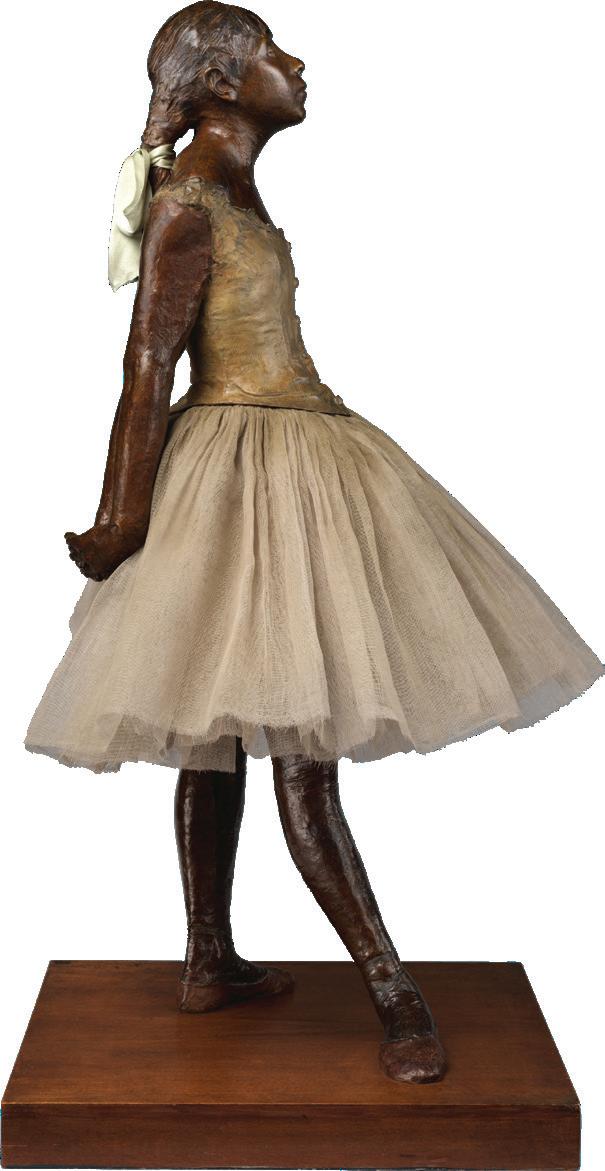
1 minute read
Art Around Town
Degas Edition
one of the most intellectually enlightened cities in the world at that time. He painted eighteen paintings and abruptly returned to France.
Advertisement
I have lived in East Texas for twenty-one years. To me, life behind the Piney Curtain feels more like Louisiana than Houston, Fort Worth, or West Texas, and I think it’s interesting that a French Impressionist superstar once stayed in a city that I enjoy visiting myself.

In October 1872, Edgar Degas (Day-gah) arrived in New Orleans. The Frenchman wanted to visit with his mother’s family and maybe get a little work done while he was there. He stayed for six months, eventually getting bored with life in the Reconstruction-era South — he was, after all, born and raised in Paris, which was
Two years later, he would earn the reputation of being a serious artist. He was a little older than his contemporaries, and remained aloof from the harddrinking, promiscuous, artistic set who prowled the Left Bank of the River Seine. He preferred to work indoors from his imagination or sketches he made in the corridors of the Louvre. He thought of himself as a classical painter, but his choice of subject matter, usually ballet dancers, horses, and scenes from everyday life, made him welcome in the blossoming Impressionist circle.
On a slender plinth in the VeraBank lobby is a small, bronze statue of a girl seated on the ground, looking upward with a slight smile on her face. This is Reverie by Philippe Faraut, made around 2000.
Like Degas, Faraut is French, and without a doubt would have been familiar with Little Dancer of Fourteen Years (1878), Degas’s most famous three-dimensional artwork. It was originally done in wax but was cast in bronze after Degas’s death. Looking at both men’s work, the similarity is striking.

In the mid-to late-1900s, France had greatly expanded trade routes with Eastern Asia. Paris was smitten with Eastern cultures, especially Japan. The Impressionists took inspiration from Japanese art and subject matter. The interest in all things East was so prominent that it was given a name — Japonisme.
These days, some artists have tried to turn the tables, and the LMFA is fortunate enough to have two examples by the Japanese American artist, Koya Abe, that are on display at Arts!Longview Cultural Center. In Secret of the Fan (2000), Koya reproduces Degas’s Dance Class at the Opera (1872) and adds two images of Japanese Kabuki dancers who are being critiqued, effectively highlighting how Asian culture was objectified (and might still be). Then, in Beyond Culture (2000), Koya does the opposite, placing Degas’s ballet dancers on stage for the pleasure of the Japanese audience. The figures are taken from two Degas paintings, Dancers on the Stage (1876-77) and The Rehearsal of the Ballet on Stage (1874). Smart work, for a smart, deserving East Texas audience.














